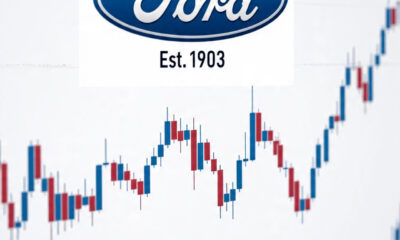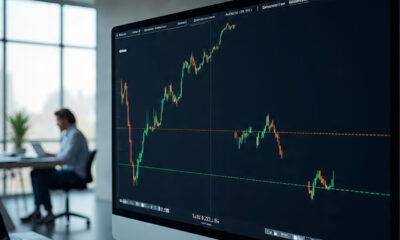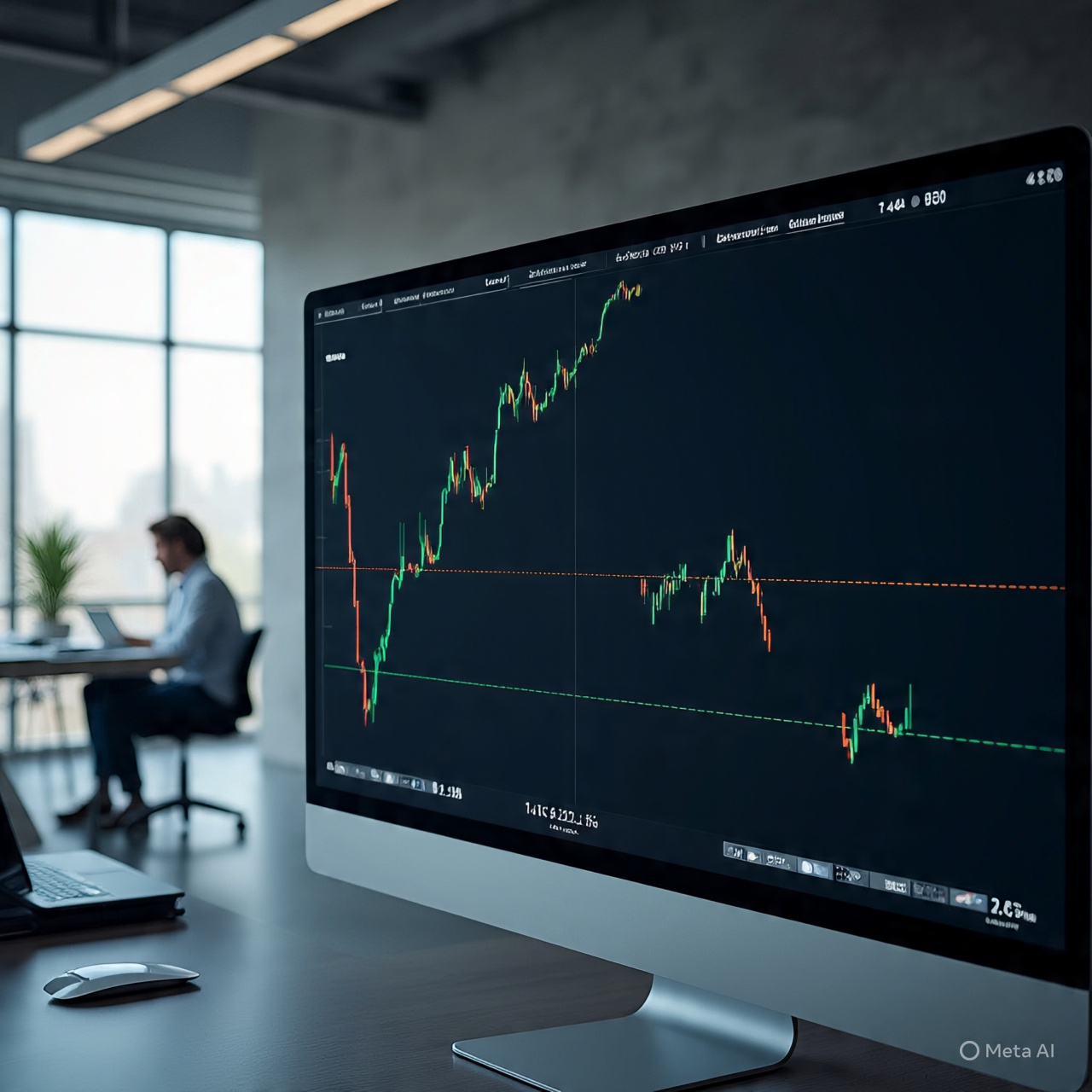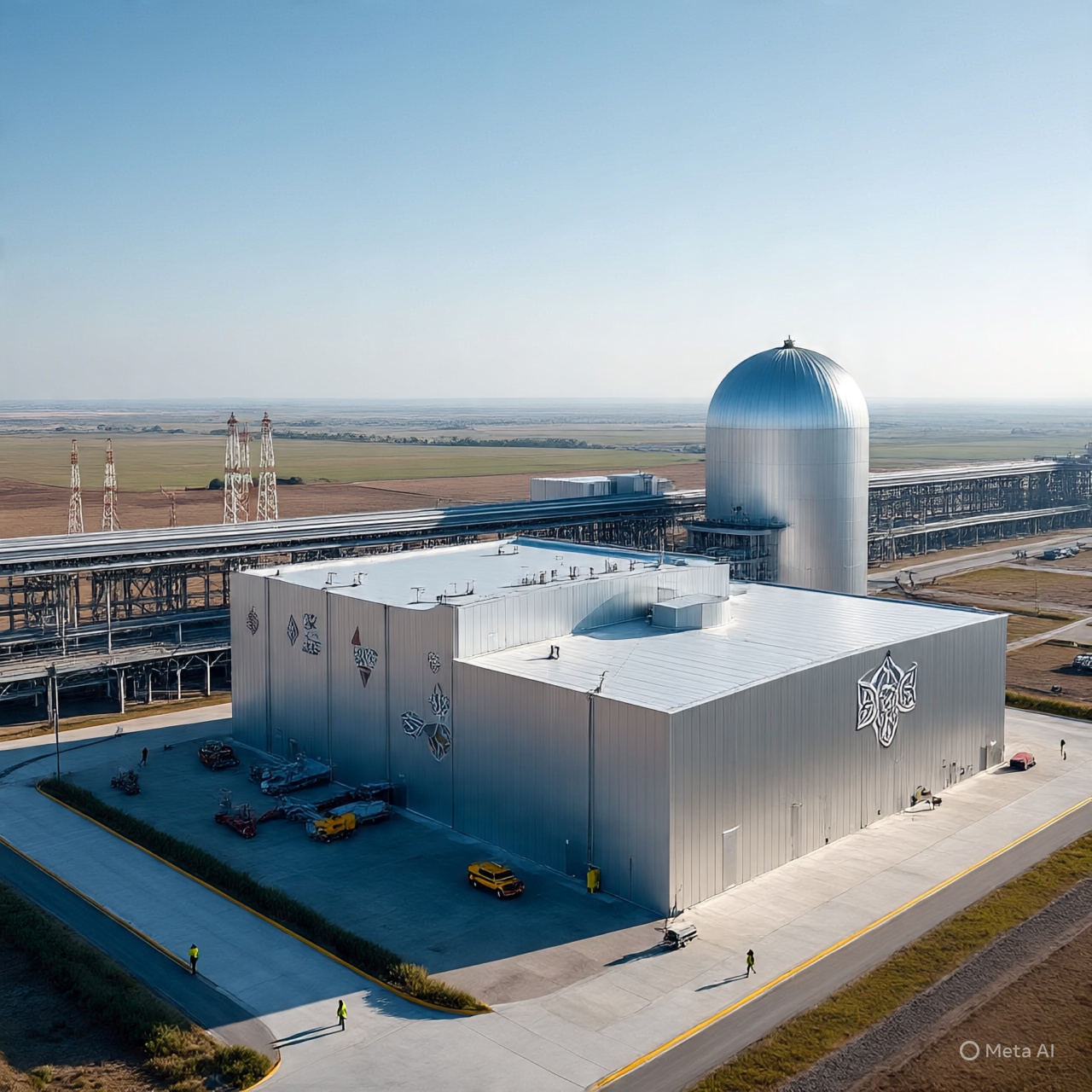Forecasts Signal a Strong Quarter
Multiple forecasting sources anticipate that Tesla’s Q3 deliveries will significantly surpass the first two quarters of 2025. Key drivers include:
A surge in pre-tax credit purchases ahead of the U.S. EV tax credit expiration.
Strong demand for the new six-seat Model Y L in China.
CEO Elon Musk’s renewed focus on Tesla following his political hiatus, helping restore brand confidence.
FactSet projects Q3 deliveries of 447,750 vehicles, up 16% from Q2’s 384,122, but still slightly down from 462,890 in Q3 2024 — marking the third consecutive quarter of year-over-year decline. Bloomberg Intelligence forecasts 439,600 deliveries, highlighting a notable rebound compared to the 13% decline seen in H1 2025.
September Surge: Tesla’s Best Month Yet
Tesla shares soared 33% in September, marking its strongest monthly performance of 2025 and positioning it among the top gainers in the S&P 500. Since the April “Liberation Day” low, Tesla shares have doubled, making it the best-performing stock among the “Magnificent Seven” tech leaders.
Challenges Ahead
Despite the rally, Tesla faces ongoing headwinds:
Aging product lineup, potentially slowing demand.
Expiration of key EV incentives in multiple markets.
Concerns around the “politicization” of Tesla due to CEO Elon Musk’s high-profile political involvement.
Zacks Investment Research emphasizes that Q3 delivery figures will be crucial to proving that Tesla’s core auto business has stabilized and is ready to support long-term growth.
Real Concerns About Tesla’s Core Business
Market credibility remains a concern. Softening EV demand and skepticism over Tesla’s AI-driven valuation narrative have left investors cautious. Musk himself has previously warned of “a few tough quarters ahead.” Cox Automotive suggests that while summer U.S. EV purchases boosted deliveries, Q3 may still yield mixed results, with potential market share losses looming in the final months of 2025.
CFRA analyst Garrett Nelson expects Q3 results could exceed forecasts but cautions that Q4 sales may decline again. Aggressive pricing and incentives aimed at boosting Q3 deliveries could pressure profit margins, potentially making headline numbers appear stronger than the underlying business performance.
Valuation Shifts: From Automobiles to AI and Robotics
Tesla and Wall Street increasingly view the company through the lens of futuristic technologies. Musk projects that 80% of Tesla’s future value will come from his humanoid robot, Optimus, underpinning the board’s controversial $1 trillion compensation proposal.
Wedbush analyst Dan Ives has raised Tesla’s price target from $500 to $600, citing potential in autonomous AI ventures. However, BCA Research cautions that Tesla investors are buying on expectation rather than fundamentals, as the core auto business has seen deterioration over the past six months. Gerber Kawasaki Wealth & Investment Management estimates that Tesla’s core automotive operations are worth roughly $150 per share, with any premium for Robotaxi or Optimus considered speculative.
Investor Takeaways
For investors, Q3 2025 is more than just a number. It is a litmus test of Tesla’s ability to navigate EV demand cycles, maintain production momentum, and balance growth in automotive sales with ambitious technological projects. While optimism is high following September’s surge, caution is warranted, as margin pressures, aging product lines, and reliance on incentives could temper future growth.
In conclusion, Tesla’s upcoming delivery report is expected to show a strong quarter, fueled by strategic timing, international demand, and renewed investor confidence. Yet, the long-term outlook depends on the company’s execution in core auto business performance, innovation in AI and robotics, and its ability to manage external market challenges effectively.
⚠️ Disclaimer
This article is for informational purposes only and does not constitute financial advice. Always conduct your own research or consult with a professional financial advisor before making investment decisions.


 Dividend Stocks2 months ago
Dividend Stocks2 months ago
 Trending news2 months ago
Trending news2 months ago
 ASX Stocks2 months ago
ASX Stocks2 months ago
 ASX Stocks2 months ago
ASX Stocks2 months ago
 Trending news2 months ago
Trending news2 months ago
 Dividend Stocks2 months ago
Dividend Stocks2 months ago
 ASX Stocks2 months ago
ASX Stocks2 months ago
 Trending news2 months ago
Trending news2 months ago




